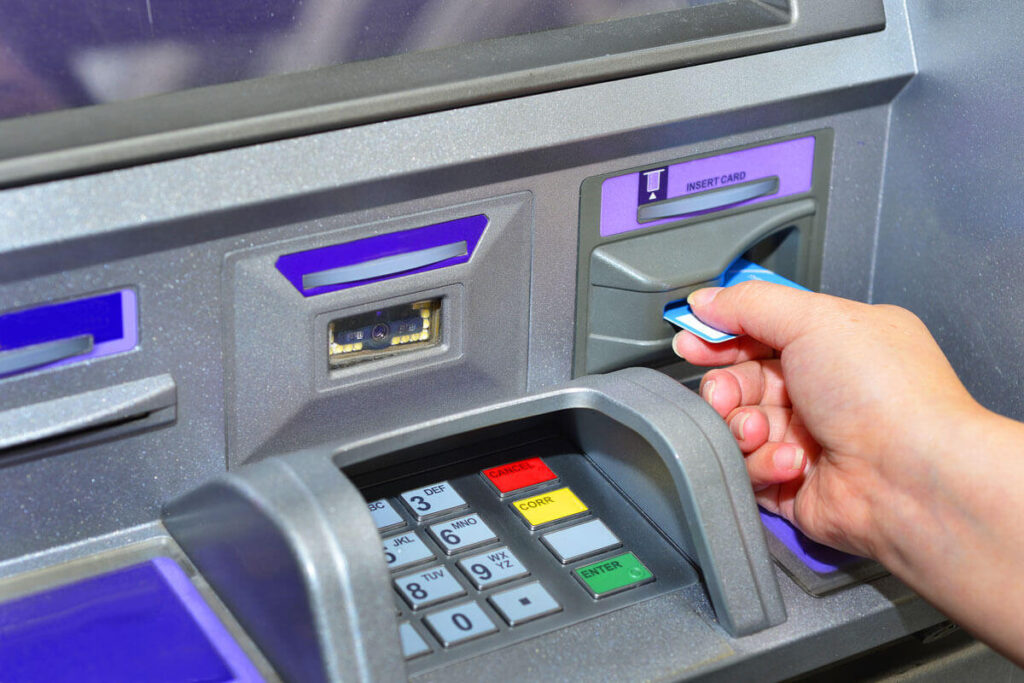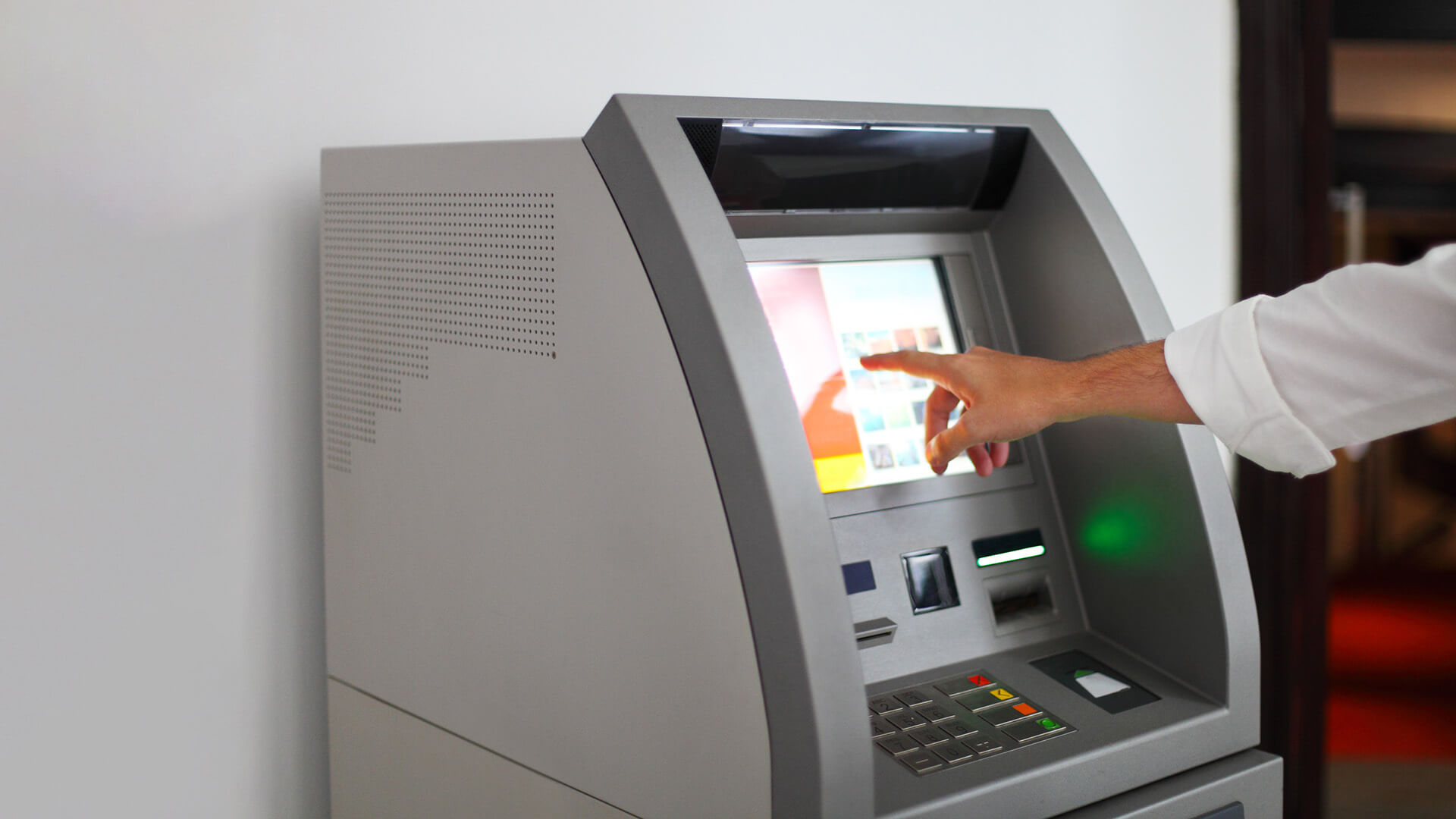Certainly! Let’s dive into the fascinating world of Automated Teller Machines (ATMs) and explore their significance in modern banking.

What is an ATM?
An ATM (Automated Teller Machine) is a self-service electronic device that allows bank customers to perform various financial transactions without the need for human assistance. These transactions include cash withdrawals, balance inquiries, fund transfers, and more.
Significance in Modern Banking:
- Convenience: ATMs provide unparalleled convenience to users. Imagine needing cash late at night or during weekends when the bank is closed. ATMs are available 24/7, allowing customers to access their funds whenever they need them.
- Widespread Accessibility: ATMs are strategically placed in various locations, including shopping malls, airports, gas stations, and street corners. This widespread accessibility ensures that customers can find an ATM almost anywhere they go.
- Reduced Dependency on Bank Branches: Before ATMs, customers had to visit a physical bank branch for routine transactions. ATMs have significantly reduced this dependency, allowing users to handle basic banking tasks independently.
- Fast Transactions: With the swipe of a card and a few taps on the screen, users can withdraw cash within seconds. ATMs have streamlined the process, eliminating the need to stand in long queues at the bank.
- Privacy and Security: ATMs offer privacy during transactions. Users can discreetly check their account balance or withdraw cash without sharing personal details with a bank teller.
- Global Access: International travelers can use ATMs to withdraw local currency in foreign countries. This convenience makes travel more manageable and eliminates the hassle of carrying large amounts of cash.
History of ATMs
Origins:
- The concept of ATMs dates back to the mid-20th century.
- In 1967, Barclays Bank in London, UK, introduced the world’s first cash-dispensing machine.
- This early ATM allowed customers to withdraw a limited amount of cash using a special paper voucher and a personal identification number (PIN).
Global Development:
- After the successful launch in London, ATMs quickly spread to other countries.
- United States: The first US ATM was installed by Chemical Bank in 1969 in Rockville Centre, New York.
- Canada: The first Canadian ATM appeared in 1969 in Toronto.
- Japan: Japan introduced ATMs in the early 1970s.
- Australia: The first Australian ATM was installed in 1977 by Westpac Banking Corporation.
Technological Advancements:
- Initially, ATMs were primarily used for cash withdrawals.
- Over time, they evolved to offer additional services, including balance inquiries, fund transfers, and bill payments.
- The adoption of magnetic stripe cards and PIN-based authentication further enhanced security and usability.
Impact on Banking:
- ATMs revolutionized banking by reducing the need for physical bank visits.
- Customers gained greater control over their finances, as they could access cash outside of regular banking hours.
- The proliferation of ATMs contributed to the growth of electronic banking and paved the way for online banking and mobile apps.
Explain the two main types of ATMs:
1.Basic ATMs
- Functionality: Basic ATMs serve essential functions, primarily focused on cash withdrawals and balance inquiries.
- Usage: Customers insert their debit or credit card into the ATM, enter their personal identification number (PIN), and select the desired transaction (withdrawal or balance check).
- Availability: Basic ATMs are widespread and commonly found in public places, including shopping centers, gas stations, and bank branches.
2. Complex ATMs
- Functionality: Complex ATMs offer a broader range of services beyond cash withdrawals and balance inquiries.
- Additional Services:
- Deposits: Users can deposit cash or checks directly into the ATM.
- Credit Card Services: Some ATMs allow credit card payments, balance transfers, and cash advances.
- Account Information: Complex ATMs provide details about recent transactions, account balances, and mini statements.
- Bill Payments: Users can pay bills (such as utilities or credit card bills) through these ATMs.
- Integration: These ATMs are often integrated with the bank’s core systems, allowing real-time updates to account balances and transaction history.
How ATMs Work
Card Authentication:
- Users insert their debit or credit card into the ATM card slot.
- The ATM reads the card’s magnetic stripe or chip to identify the account associated with it.
- This step ensures that only authorized users can proceed.
PIN Verification:
- After card insertion, users enter their Personal Identification Number (PIN).
- The ATM verifies the PIN electronically by comparing it with the encrypted data stored on the card.
- If the PIN is correct, the user gains access to the account.
Transaction Processing:
- Once authenticated, the ATM communicates with the bank’s servers:
- It checks the account balance to ensure sufficient funds for withdrawals.
- For cash withdrawals, the ATM calculates the amount requested.
- If the user wants to deposit money, the ATM records the transaction details.
- The ATM also handles other services like transferring funds between accounts or printing mini statements.
- The transaction data is securely transmitted to the bank for processing.
Cash Dispensing:
- If the user requests a cash withdrawal, the ATM dispenses the specified amount.
- The machine counts the bills and delivers them to the user.
- Some ATMs allow users to choose specific denominations (e.g., $20 bills).
Reimbursement:
- The bank reimburses the ATM owner for the cash withdrawn by the user.
- Additionally, the user may be charged a small transaction fee for using the ATM (especially if it’s from a different bank).
- The reimbursement process ensures that ATMs remain stocked with cash.
Challenges and Improvements in the ATM Industry
Challenges:
- Economic Recession and Digitization: The ATM industry faces challenges due to economic recessions and increased digitization in cities. These factors have impacted the viability of ATM operations.
- Reduced Growth: After strong annual growth between 2012 and 2017, the industry has seen stunted growth since 2017. This affects bank customers, especially those in rural and semi-urban areas.
- Consumer Behavior Shift: The pandemic led to changes in consumer behavior. Many people reduced ATM usage due to fear of the virus and concerns about currency notes. This further strained ATM operations.
Improvements:
- Interchange Fee Revision: Banks and independent ATM operators hope for an upward revision in the interchange fee (payment from the cardholder’s bank to the ATM owner). Increasing this fee could make ATM operations more viable.
- Self-Service Solutions: To address limitations, self-service solutions can enhance ATMs. These solutions can offer more non-cash transactions and customization options.
- Government Efforts: Consistent efforts by governments and institutions to reduce the unbanked and under-banked population favor industry growth. However, addressing security concerns related to card skimming, online fraud, and network connectivity is crucial.
Common Pain Points Associated with ATMs:
- Long Queues: Waiting in long queues at ATMs can be frustrating, especially during peak hours or when there are limited machines available.
- Forgetting ATM Cards: Leaving the ATM card behind after completing a transaction is a common mistake. It can lead to security risks and inconvenience for the cardholder.
Future Trends in the ATM Industry
1. Contactless ATMs:
- Contactless ATMs, also known as “tap-and-go” ATMs, redefine the way we interact with these ubiquitous devices.
- Instead of inserting a physical card, users can perform transactions by tapping their contactless ATM card or smartphone near the ATM’s contactless reader.
- Benefits:
- Hygiene: Reduces physical contact, especially important during health crises.
- Convenience: Faster transactions without card insertion.
- Security: Encrypted communication between the device and ATM.
2. Biometric Authentication:
- Biometric authentication (e.g., fingerprint recognition, facial recognition) is emerging as a game-changer in ATM security.
- It adds an extra layer of protection, ensuring that only authorized individuals can access ATM functions.
- Multi-factor authentication (MFA), combining card, PIN, and biometric scan, further reduces fraudulent transactions.
3. Integration with Mobile Apps and Digital Wallets:
- The convergence of mobile technology and ATMs is a significant trend.
- Mobile Banking Apps:
- Allow users to manage accounts, check balances, transfer funds, and perform transactions via smartphones or tablets.
- Features include ATM locators, transaction history, and quick balance checks.
- Enhanced security through biometric authentication and two-factor authentication (2FA).
- Digital Wallets:
- Encrypted storage of payment information.
- Integration with various payment methods.
- Biometric authentication (fingerprint or face recognition) for added security.
Conclusion: The Significance of ATMs in Modern Banking
Automated Teller Machines (ATMs) have revolutionized the way people access their finances. Here are some key points highlighting their importance:
- Convenience: ATMs provide 24/7 access to cash and banking services. Whether it’s withdrawing money, checking balances, or transferring funds, ATMs offer unparalleled convenience.
- Widespread Accessibility: ATMs are strategically placed in various locations, from urban centers to remote villages. This accessibility ensures that people from all walks of life can manage their finances conveniently.
- Reduced Dependency on Bank Branches: ATMs reduce the need for frequent visits to physical bank branches. Customers can perform routine transactions independently, saving time and effort.
- Emergency Cash: ATMs serve as a lifeline during emergencies. Whether it’s a sudden medical expense or a travel requirement, having access to cash through ATMs is crucial.
- Enhanced Security: Modern ATMs incorporate advanced security features, such as PIN codes, encryption, and surveillance cameras. This ensures safe transactions for users.
- Innovation and Evolution: ATMs continue to evolve. Contactless ATMs, biometric authentication, and integration with mobile apps are shaping the future of banking.
FAQ’s
What is an ATM?
An ATM is a computerized machine that provides customers of banks with the facility to access their accounts for dispensing cash and carrying out other financial and non-financial transactions without the need to visit a bank branch.
How does an ATM work?
When you insert your card into an ATM, it reads the data on the card and prompts you to enter your Personal Identification Number (PIN).
What are White Label ATMs (WLAs)?
White Label ATMs are ATMs operated by non-bank entities under their brand name. These ATMs provide similar services as bank-operated ATMs but are not directly affiliated with any specific bank.



